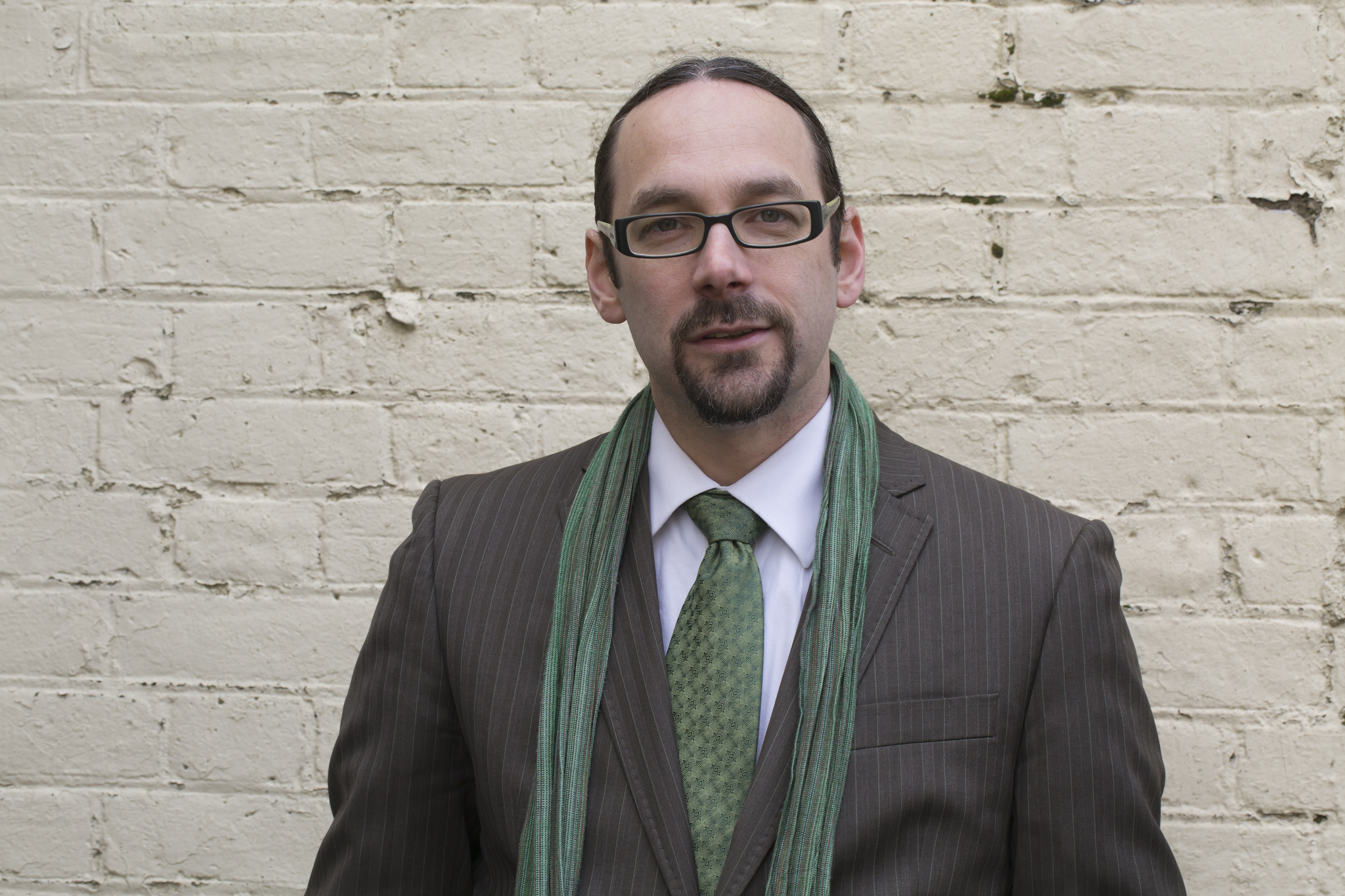Scientists of Tomsk Polytechnic University have developed a method to reduce refinery energy consumption. Using this method, the scientists were able to save more than half of the fuel at the researched manufacturing site.
The university experts believe that these results can be achieved at almost any industrial manufacturing facility. The research findings are published in the Energy Conversion and Management academic journal (IF: 9,709; Q1). Journalists of the Sputnik international news agency told more about the conducted research.
The scientists used hydrocracking, the processing of high-boiling oil fractions to generate fuel at the refinery. They proposed to reduce the spending of energy resources using the optimization of a structure of technological and heat fluxes. The specific sequence of heat exchangers led to increased energy efficiency. As a result, the consumption of fuel gas and heavy fuel oil was reduced by 54 percent, while the consumption of electrical energy was reduced by 20 percent at the refinery.
“For instance, there are three heat fluxes. The first flux is heated by steam, the second one is cooled by water and the third is heated in the oven. To save energy resources, we can heat the first and third fluxes by the second one. There are dozens of such fluxes at any operating refinery,” Stanislav Boldyrev, Research Fellow of the TPU Research School of Chemistry and Applied Biomedical Sciences, said.
According to the researcher, the proposed method can be used both for the renewal of operating enterprises of the secondary sector of the economy and for designing new more energy-efficient manufacturing facilities with a minimal impact on the environment. Such renewal will allow refineries to reduce costs for manufacturing final products and to reduce the environmental impact.
Fuel-saving at the refinery where the experiment was conducted led to the reducing carbon dioxide emissions by 19 t per year. It is linked with the overall reduction of burning fuel.
“This technology can already be used for improving processes in chemical and gas processing industries, food handling. The technology can be used everywhere where raw materials are used and it deals with heating, cooling and chemical transformations,” Stanislav Boldyrev notes.
To create an optimal flux structure, the researchers used pinch technology, integration principles of seamless process flows, graph theory and fundamentals of heat and mass transfer.
Fuel saving at the refinery where the experiment was conducted led to the reducing carbon dioxide emissions by 19 t per year. It is linked with the overall reduction of burning fuel.
“Pinch technology lies in minimizing gross energy in any system where there are fluxes which must be heated and cooled. Using these fluxes, it is possible to recuperate thermal energy, i.e. to use this energy one more time. In its turn, graph theory allowed optimizing the structure and forming a mathematical task,” the scientist added
“The graph theory helped to reduce the number of required heat exchangers, i.e. to select a structure of a heat exchanger network, in which there will be two heat exchangers instead of ten additional ones. Thus, it is possible to reduce capital expenses for manufacturing renewal.”



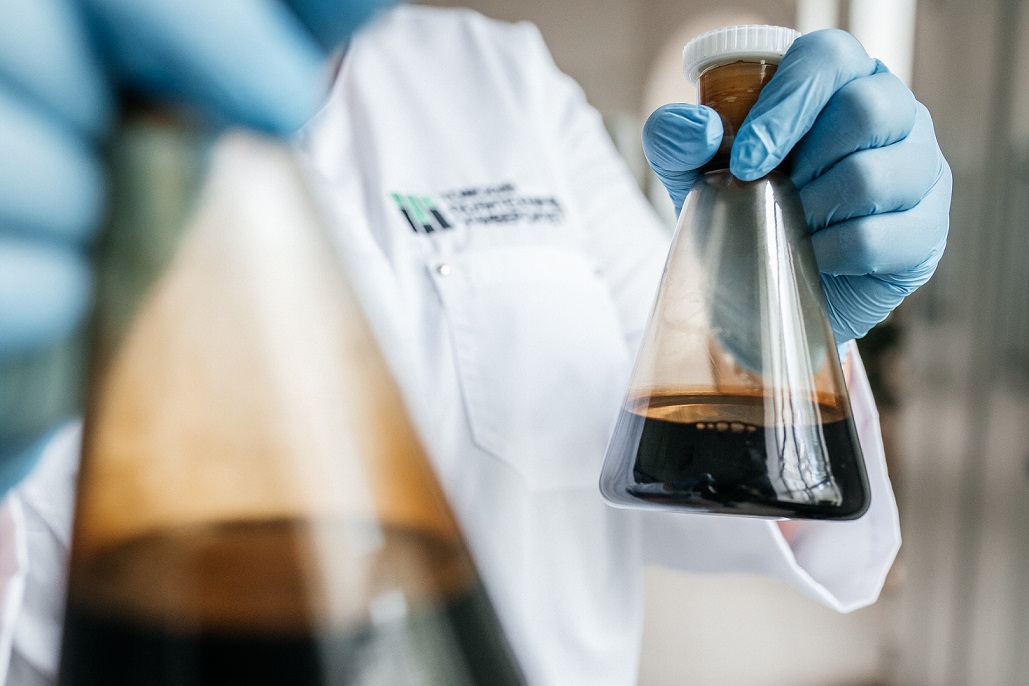

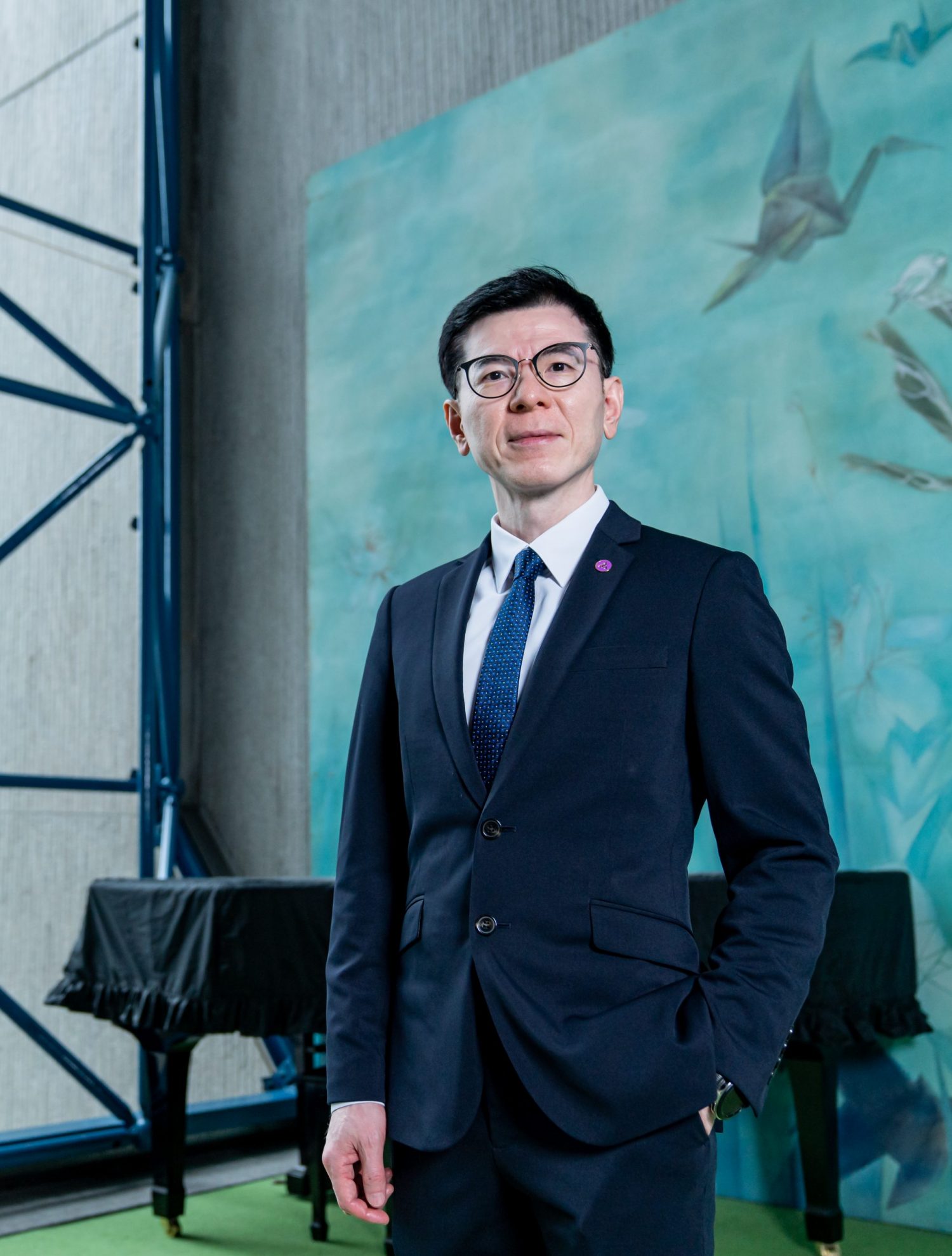
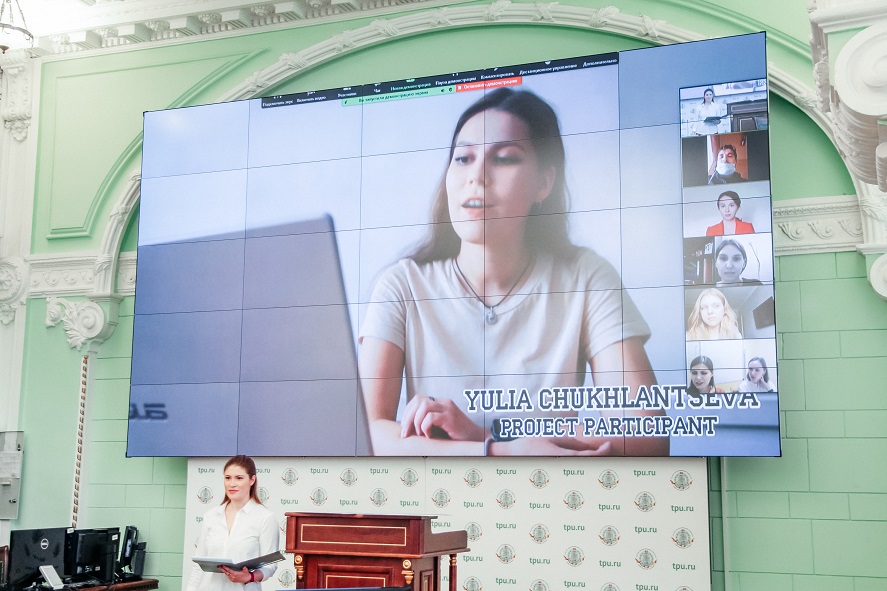


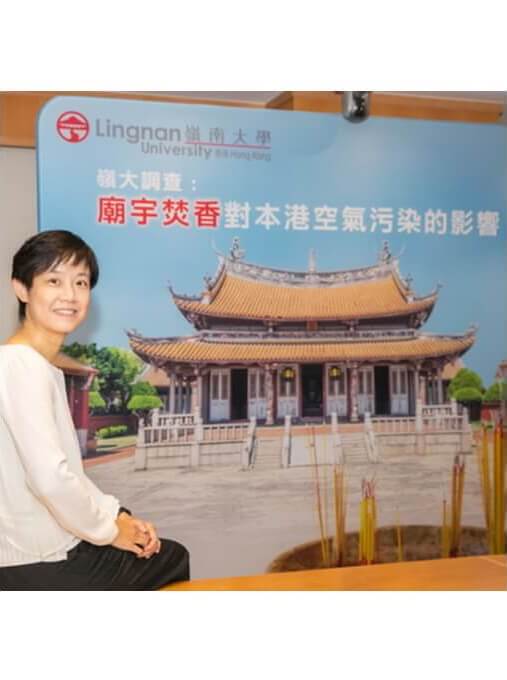
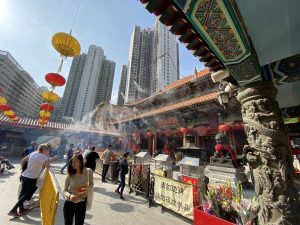
.jpg)
